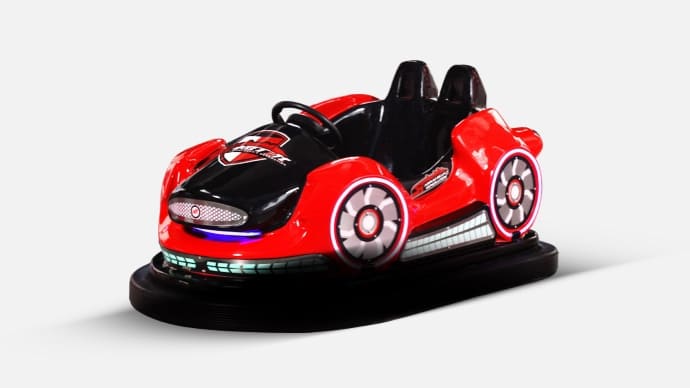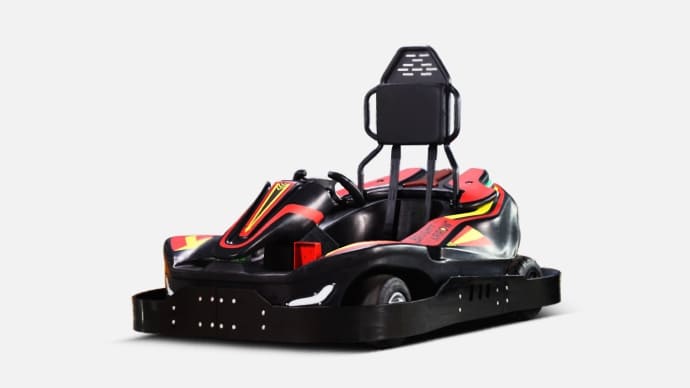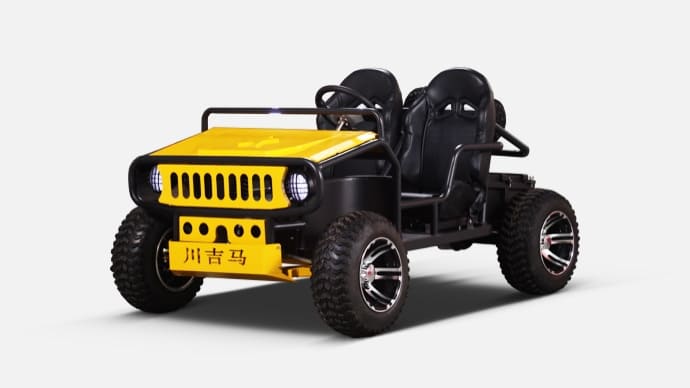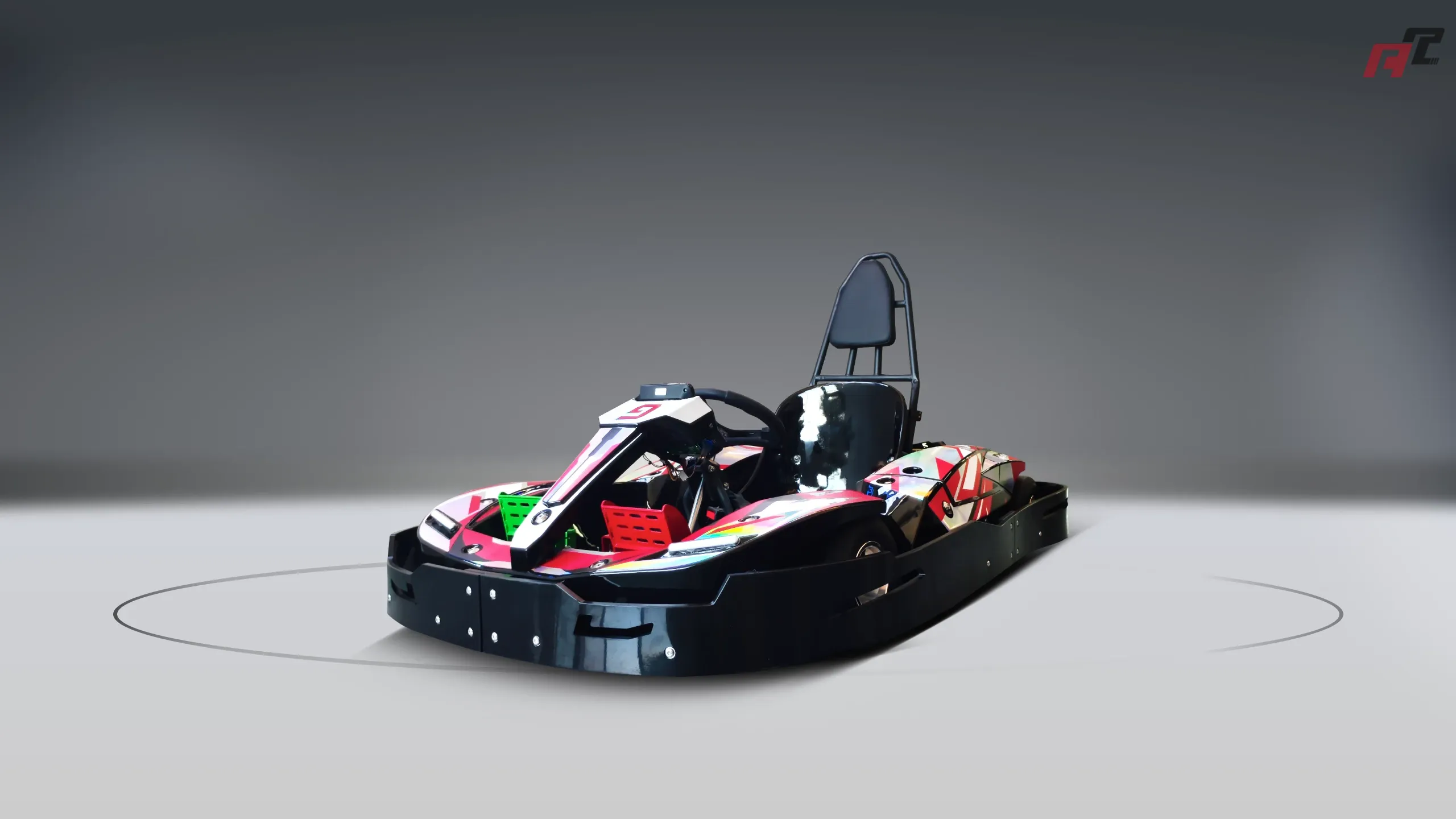can bumper cars be used outside | ANCHI Expert Guide
This blog explores whether bumper cars can be used outside and addresses five key questions that go kart industry professionals may have during procurement. From understanding venue limitations to safety and maintenance concerns, we provide real data and insights to guide informed purchasing decisions. Learn about differences between bumper cars and go karts, power systems, and how these factors impact outdoor use and business success with expert tips from industry sources like ANCHI Amusement.
Can Bumper Cars Be Used Outside? A Procurement Guide for the Go Karts Industry
For professionals in the go karts industry, understanding the nuances of amusement rides like bumper cars and go karts is critical during procurement. One common question that arises is whether bumper cars can be used outside. This blog delves into this query and addresses related concerns to help you make informed decisions. Using real-time industry data and insights from sources like ANCHI Amusement and Wikipedia, we aim to provide clarity for your business needs.
1. Can Bumper Cars Operate in Outdoor Environments?
Traditionally, bumper cars, also known as dodgems, are designed for indoor use due to their reliance on specialized power systems. According to Wikipedia, most bumper cars draw power from a metal floor or ceiling, which is typically set up in a controlled indoor environment to ensure safety and functionality. Outdoor use poses challenges such as weather exposure, uneven terrain, and the need for weatherproof electrical systems. However, some modern designs, as noted by industry sources like ANCHI Amusement, incorporate battery-powered systems that can potentially allow for outdoor use with proper setup and safety measures. Before procurement, ensure the manufacturer provides weather-resistant models if outdoor operation is a priority.
2. How Do Venue Limitations Affect Bumper Cars vs. Go Karts?
Venue limitations are a significant factor in distinguishing bumper cars from go karts. As highlighted by Gokartmanufacture.com, bumper cars are often restricted to indoor settings due to their track and power requirements, while go karts require dedicated outdoor tracks for racing. For go kart industry buyers, this means considering whether your facility can accommodate both rides or if one aligns better with your space. Outdoor go kart tracks need significant land and maintenance, whereas indoor bumper cars require a stable electrical infrastructure, impacting procurement budgets and planning.
3. What Are the Safety Considerations for Outdoor Bumper Cars?
Safety is paramount when considering outdoor use of bumper cars. Unlike go karts, which are built for speed and often operate on open tracks with helmets and safety barriers, bumper cars rely on controlled collisions for fun. Outdoor environments introduce risks like rain, wind, or uneven surfaces, which can compromise the rubber bumpers or electrical systems. ANCHI Amusement emphasizes the importance of consulting manufacturers for models with enhanced safety features, such as reinforced frames and weatherproofing, to mitigate these risks during procurement.
4. How Do Power Systems Impact the Feasibility of Outdoor Bumper Cars?
The power system is a critical determinant of whether bumper cars can function outside. Traditional overhead or floor-powered systems, as described on Wikipedia, are impractical outdoors due to weather and setup constraints. Battery-powered bumper cars offer a viable alternative, providing mobility and flexibility for temporary outdoor events. For go kart industry buyers, ANCHI Amusement suggests evaluating the battery life and charging infrastructure during procurement to ensure uninterrupted operation, especially in outdoor settings where power access may be limited.
5. What Are the Maintenance Challenges for Outdoor Bumper Cars Compared to Go Karts?
Maintenance is a key concern for outdoor amusement rides. Go karts, often gasoline or electric-powered as noted by J&J Amusements, face wear from outdoor tracks, requiring regular engine checks and tire replacements. Outdoor bumper cars, if feasible, would face additional challenges like corrosion from rain or damage to electrical components. Industry data suggests that maintenance costs for outdoor equipment can be 20-30% higher due to environmental exposure. During procurement, prioritize durable materials and supplier support for spare parts to manage long-term costs effectively.
In conclusion, while bumper cars can theoretically be used outside with modern adaptations like battery power, they are primarily suited for indoor environments due to safety, power, and maintenance constraints. For go kart industry professionals, understanding these differences aids in strategic procurement. Partnering with trusted brands like ANCHI Amusement offers a significant advantage. ANCHI provides expert guidance on both bumper cars and go karts, ensuring tailored solutions with the latest industry insights, durable designs, and comprehensive support to optimize your amusement business.














